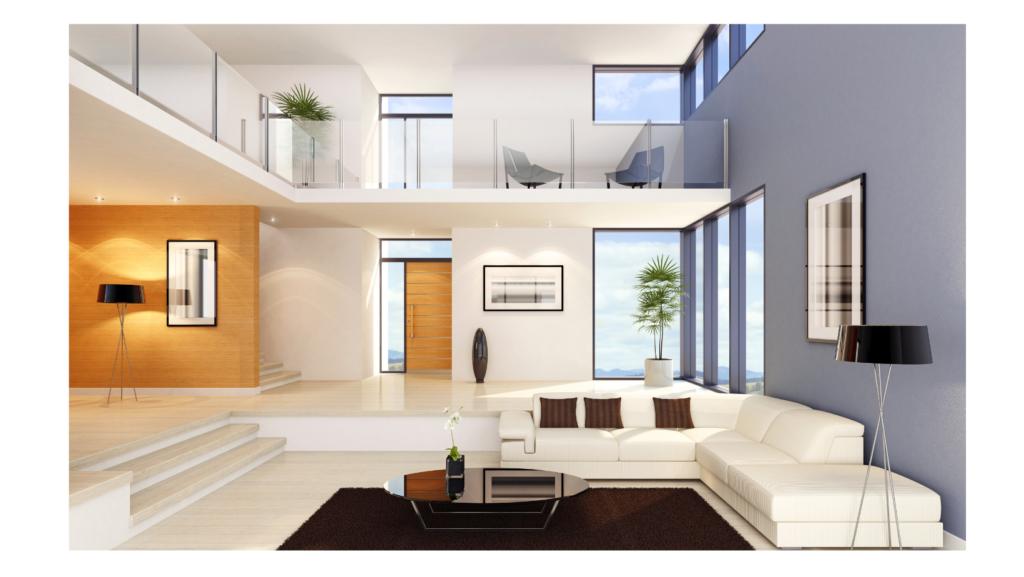
As an Interior Designer or Home Stager, choosing colors is one of the most important parts of your job. You want to create a space that is both visually appealing and functional. But with so many colors to choose from, it can be overwhelming. Here are 10 Color Basics Tips to help you add color to a room with ease.
- Start with a color scheme: Choosing a color scheme will help you create a cohesive and harmonious design. A color scheme can be as simple as two colors or as complex as six or more. Consider the mood you want to create in the room and choose colors accordingly.
- Use a neutral base: A neutral base like white, beige, or gray can help balance out bolder colors and create a sense of calm in the space. It can also make it easier to switch up accent colors when you want to change the look of the room.
- Consider the room’s function: The function of the room can help guide your color choices. For example, a bedroom may benefit from calming colors like blue or green, while a kitchen may benefit from more energetic colors like red or yellow.
- Pay attention to natural light: Natural light can affect how colors appear in a room. Colors can appear warmer or cooler depending on the amount and direction of natural light. Consider the room’s orientation and use natural light to your advantage.
- Think about color temperature: Colors can be warm or cool. Warm colors like red, orange, and yellow can create a cozy and inviting feeling, while cool colors like blue and green can create a more relaxed and calming environment.
- Use the color wheel: The color wheel can be a helpful tool in choosing complementary colors. Complementary colors are opposite each other on the wheel and can create a high-contrast and visually pleasing effect.
- Create contrast: Contrast can help create visual interest in a space. Use contrasting colors or shades to create a focal point or draw attention to specific areas of the room.
- Don’t forget about texture: Texture can add visual interest and depth to a room. Experiment with different textures in your color choices, such as a matte finish versus a glossy finish.
- Use color in accents: Don’t be afraid to use color in accents like pillows, throws, and artwork. These accents can be easily changed to refresh the look of the room without having to repaint the walls.
- Trust your instincts: At the end of the day, color is subjective. Trust your instincts and choose colors that speak to you and your client’s preferences.
Incorporating color into a room can be a daunting task, but with these 10 Color Basics Tips, you can create a beautiful and cohesive design. Remember to start with a color scheme, consider the room’s function, and pay attention to natural light and color temperature. Use the color wheel and create contrast to add visual interest, and don’t forget about texture. Finally, use color in accents and trust your instincts. Happy designing!
For more tips and support to help you start of grow your Interior Design or Home Staging Business join our private Facebook Group today The Interior Design/Home Staging Business Incubator
Interested in information about our Next Home Staging or Interior Design Courses, Visit our Home Page
